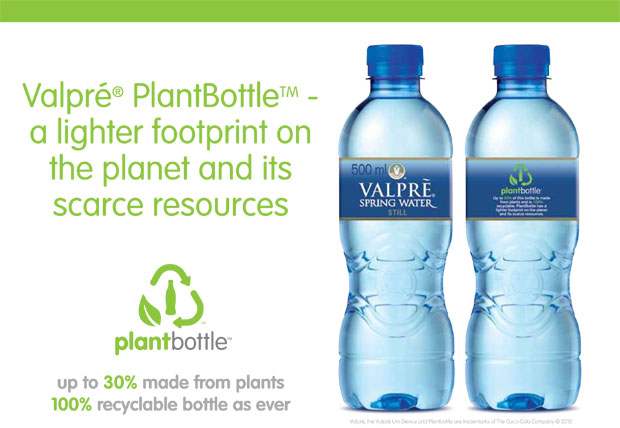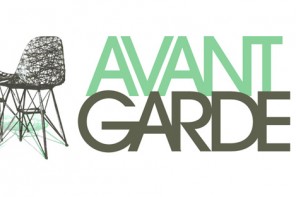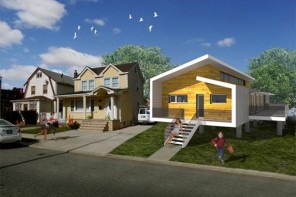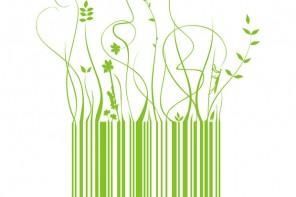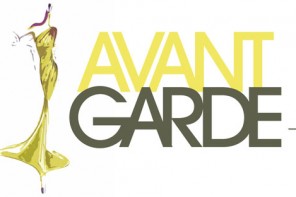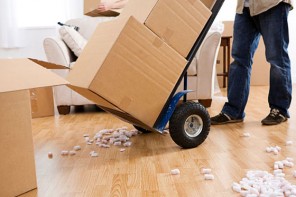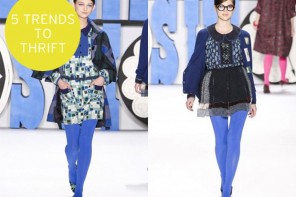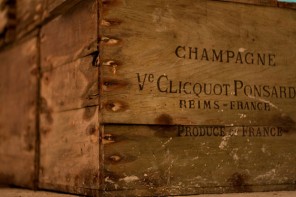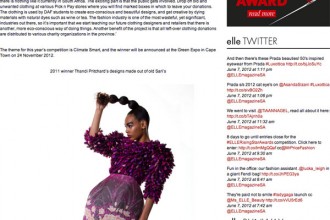The environmental friendliness of packaging is a big topic at the moment. We as consumers are becoming more conscious of packaging’s impact and how it can be the cause of irreparable damage to the environment, such as congesting the oceans or taking thousands of years to decompose. But as of yet there are very few eco-friendly packaging options out there that are actually viable – glass breaks, tetra pack is difficult to recycle and stainless steel is too expensive.
This is where Valpre’s PlantBottle comes in. Figuring out how to create plastic from sugarcane, this spring water bottle company have shown themselves to be pioneers in the area of eco-friendly packaging. Despite the fact that it is still necessary to combine the sugarcane plastic with normal PET plastic, PlantBottle marks a first step in the valiant journey towards completely eco-friendly packaging. The result is fully recyclable and almost 30% bioplastic.
“The aim of the PlantBottle innovation is to reduce our carbon footprint as well as our reliance on non-renewable fossil fuels,” says Lerato Ramabya, brand manager. “While we have seen an increase in the amount of PET plastic recycled in South Africa, we would like to encourage more consumers to recycle.”
To create their bioplastic, Valpre ferment the ethanol in sugarcane to create something called MEG (moneothylene), which is used to replace a component found in all PET plastic. They take great care in where they source their sugarcane, working with charity organisations like WWF to choose the most biodiversity-friendly, GM-free farms in Brazil. All in all, a good effort for the planet.
It is becoming more and more clear that industries need to switch to sustainable packaging. Fossil fuels such as crude oil are in high demand (becoming costly) and running low worldwide, with petrol plastics becoming known for their hazardous effect on environment – clogging up the ocean, harming wildlife and leaking toxic additives. The once-praised packaging dream has now become somewhat of an ecological nightmare.
Looking at replacing water bottles alone would have a huge impact. Currently it takes a whopping 1.5 million barrels of oil per year – enough to fuel 100,000 cars – to satisfy Americans’ demand for bottled water. About 22 billion water bottles end up in landfills each year, a chilling fact when you realise they take hundreds of years to biodegrade. With Valpre South Africa being this country’s largest-selling bottled water company, that’s a lot of plastic on your conscience.
Bioplastics have been dubbed ‘the next generation of plastics’ and are a growing international trend. Up to 30% of Valpre’s PlantBottle is made from sugarcane plastic, while other examples of sustainable packaging include corn plastic (compostable) and even plastic created from algae! But swapping petrol plastics for environmentally friendlier alternatives doesn’t come without its fair share of challenges. Competing against conventional PET plastic is no mean feat, as it has succeeded in performing the main function of packaging – to protect, store and preserve its contents – for over seventy years.
But that’s not where it ends. Valpre are now working on creating a water bottle made entirely from plants. This requires figuring out how to create and replace the second component of PET plastic (called PTA or purified terephthalic acid) with a plant-based kind – a breakthrough science involving natural resources such as stems, barks and fruit skins. Valpre’s packaging supply chains would also need to be restructured to accommodate these changes, rebuilt for even more sustainability. Their aim is a water bottle that is carbon neutral, 100% renewable, responsibly-sourced and fully recyclable – talk about setting your standards high!
New kinds of packaging come with new challenges for us as the consumers. Knowing what to recycle, how, takes full concentration and focus to detail. It is worth noting that there are many different types of plastic out there, some more recyclable than others. And how to tell? The numbers on the bottle.
The following is a simple breakdown of all plastics according to their numbers:
Number 1 – This is PET (polyethylene terephthalate) plastic and is used in water bottles and condiment tubs. Is easy to recycle, recreated into fleece and carpet.
Number 2 – This is HDPE (high density polyethylene) plastic and is used in milk jugs and shampoo bottles. Is fairly easy to recycle, recreated into pens and picnic tables.
Number 3 – This is V (Vinyl) or PVC plastic and is used in clear food packaging and piping. Not easy to recycle, recreated into speed bumps and flooring.
Number 4 – This is LDPE (low density polyethylene) plastic and is used in shopping bags and squeezable bottles. Not as easy to recycle, recreated into bin liners and compost bins.
Number 5 – This is PP (polypropylene) plastic and is used in yogurt containers and straws. Not as easy to recycle, recreated into signal lights and bicycle racks.
Number 6 – This is PS (polystyrene) plastic and is found in take away containers and CD cases. Easy to recycle, recreated into egg cartons and rulers.
Number 7 – This is the miscellaneous plastics category, found in bullet proof materials and iPods. Not so easy to recycle, recreated into plastic lumber.

